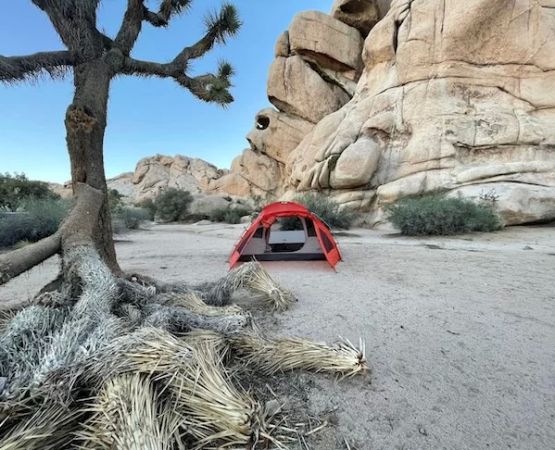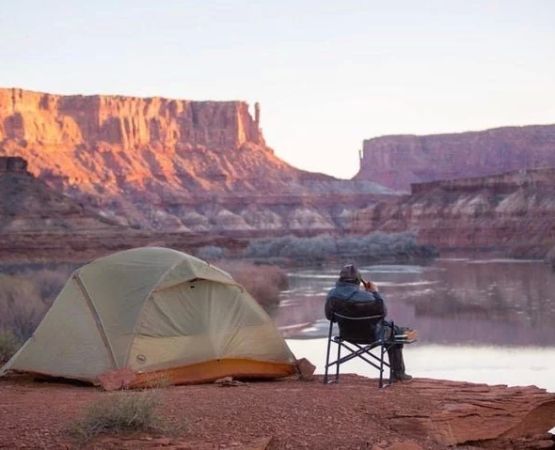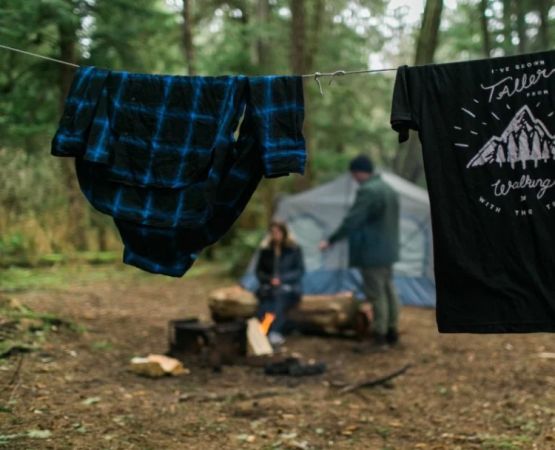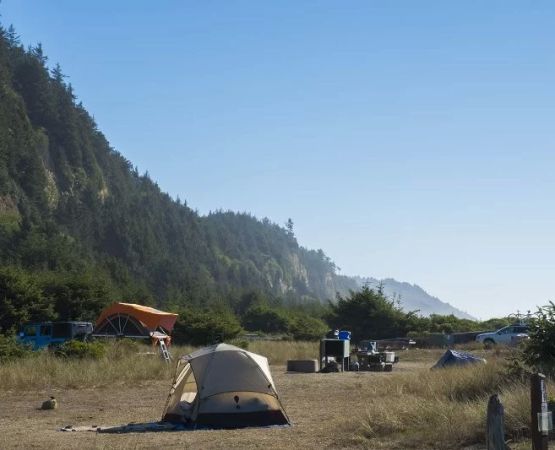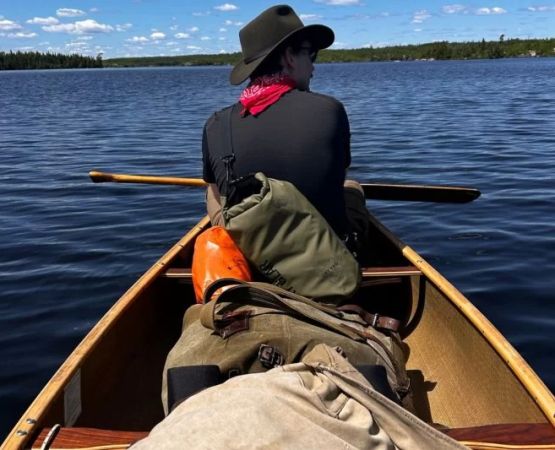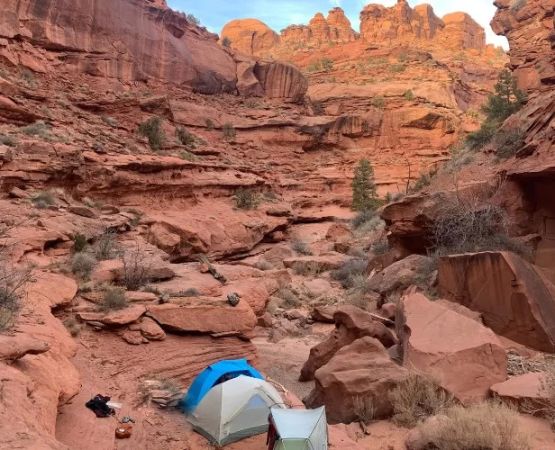- #What-is-a-Portable-Inverter – What is a portable inverter and how does it work?
- #Why-You-Need-a-Portable-Inverter – Benefits of using a portable inverter for camping or RVs
- #Choosing-the-Right-Portable-Inverter – How to select the best inverter for your setup
- #How-to-Set-Up-and-Use-a-Portable-Inverter – Step-by-step guide for using an inverter in your RV or campsite
- #Portable-Inverter-Tips-for-Camping – Pro tips for maximizing the use of your inverter while camping
1. What is a Portable Inverter and How Does it Work?
A portable inverter is a device that converts DC (Direct Current) power from your vehicle or battery into AC (Alternating Current) power. This allows you to power devices that typically require AC power, such as laptops, small appliances, lights, and even small refrigerators. It is an essential piece of equipment for those who enjoy camping, RVing, or outdoor adventures where access to traditional power outlets is limited.
Essentially, it turns your vehicle's battery or portable power source into an accessible power supply, making it incredibly convenient when you're on the go.
2. Why You Need a Portable Inverter for Your RV or Camp Setup
For RV owners and campers, the need for a reliable power source is critical, especially when you're camping off-grid or on a long road trip. A portable inverter serves as a bridge to keep your essential devices running smoothly. Here are the key reasons why you should consider having a portable inverter:
- Power for Essentials: Keep your phone, tablet, and camera charged while off the grid.
- Convenience: It allows you to enjoy comfort and convenience, like running lights and small kitchen appliances, without relying on generators or external power sources.
- Efficiency: Inverters are compact and efficient, using minimal energy to convert power, ensuring your battery lasts longer.
For example, a couple from California shared how their portable inverter allowed them to power their mini-fridge, keeping drinks cold during a weekend camping trip. It made all the difference in their experience and allowed them to enjoy their time outdoors without compromising on comfort.
3. How to Choose the Right Portable Inverter for Your RV or Camp Setup
Choosing the right inverter can make or break your camping experience. Here's what to consider when purchasing a portable inverter for your RV or camp setup:
- Wattage Requirements: Determine the wattage needed to power your devices. Inverters come in different sizes, typically ranging from 300 watts to 3000 watts. Ensure the inverter you select can handle the power demands of your devices.
- Battery Compatibility: Make sure the inverter is compatible with your RV's battery or the battery pack you plan to use. Some inverters work better with specific battery types.
- Portability: Consider the size and weight of the inverter, especially if you're traveling light or need to store it in your RV or camping gear.
- Safety Features: Look for inverters with built-in safety features such as overload protection, short circuit protection, and temperature control to prevent damage.
For instance, a family shared their experience with a 1000-watt portable inverter that was perfect for their weekend RV trips. It powered their coffee maker, phone chargers, and small appliances without issue.
4. How to Set Up and Use a Portable Inverter in Your RV or Camp Setup
Setting up your portable inverter is relatively simple, but there are key steps to follow to ensure it works properly and safely:
- Step 1: Connect the inverter to your vehicle’s battery or a portable power source. Make sure the connection is secure and follow the manufacturer's instructions for proper setup.
- Step 2: Plug your devices into the inverter's AC outlets. Some inverters come with multiple outlets, allowing you to charge or power several devices simultaneously.
- Step 3: Turn on the inverter and start using your devices. Always monitor the power consumption to avoid exceeding the inverter's capacity.
- Step 4: When you're finished, turn off the inverter to save battery life and prevent unnecessary drain.
Real-world example: One RV owner from Arizona shared how they used their portable inverter to power their electric fan on a hot night. This allowed them to sleep comfortably without the noise of a generator.
5. Pro Tips for Using a Portable Inverter While Camping
To make the most of your portable inverter during your camping or RV trips, here are some additional tips:
- Use Energy-Efficient Appliances: To extend battery life, consider using energy-efficient devices like LED lights and low-power fans.
- Monitor Battery Levels: Keep an eye on your battery levels and know when to recharge your inverter to avoid running out of power.
- Have a Backup Plan: Always have an alternative power source or charging method, such as solar panels, if you're relying on a battery-operated inverter.
One avid camper shared how they combined their portable inverter with a solar panel system to keep their devices running throughout a week-long backcountry camping trip without worrying about running out of power.
Using a portable inverter can transform your camping or RV experience by providing reliable and convenient access to power. Whether you're charging your phone, brewing coffee, or running a mini fridge, having a portable inverter ensures you can enjoy the great outdoors without sacrificing comfort. Ready to find your ideal power solution? Visit Pine Cliff Resort for more tips and the best products for your next adventure.


